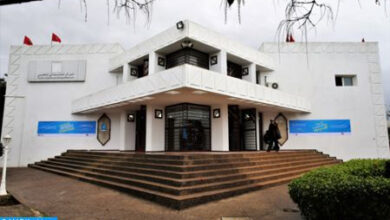WORLD NEWSMorocco
Moroccan Intelligence… From Deep Historical Roots to Advanced Security Engineering to Face the Threats of the Digital Age

By: Idrissi Kamal, Founder and President of the R.O.C.K Institute
“The best way to predict the future is to create it.” — Peter Drucker.
Through this philosophy, one can trace the evolution of Moroccan intelligence from a sovereign tool relying on traditional human networks to an integrated legal and technological system, capable of addressing security challenges in a world dominated by hybrid warfare, cyberattacks, and rapid technological shifts.

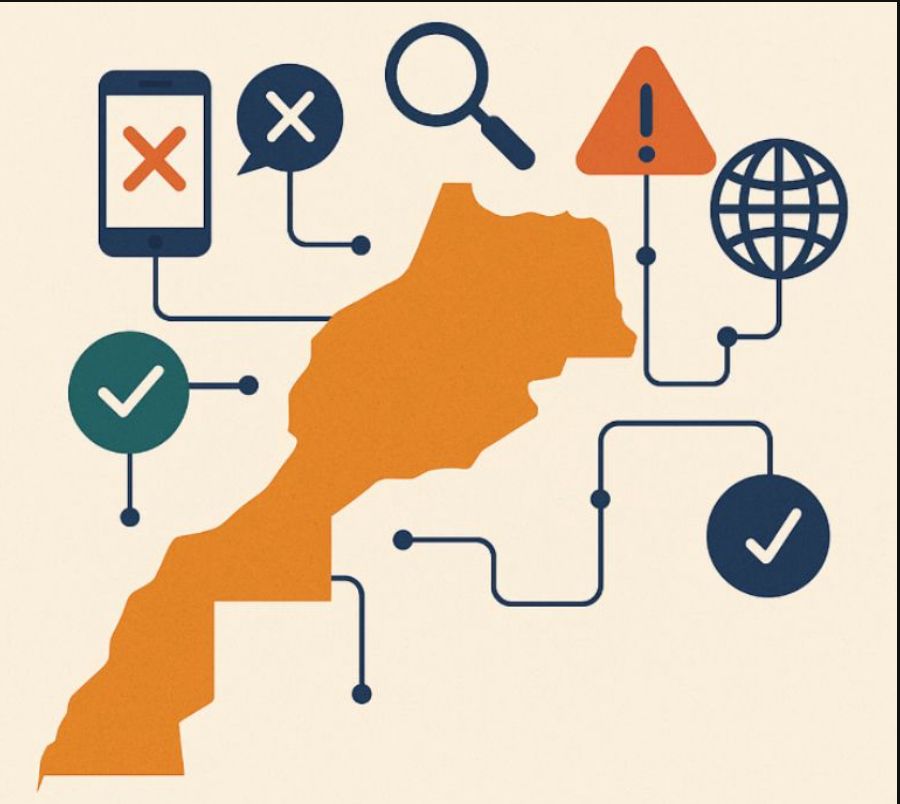
For decades, precise information has been a strategic weapon in the hands of the Moroccan state. Before the emergence of modern institutions, the Makhzen relied on a vast network of local informants to monitor movements and events. After independence in 1956, Morocco inherited some security and intelligence structures from the colonial period and developed them according to its priorities. It established central bodies such as the General Directorate for Studies and Documentation (DGED), focused on external affairs, the General Directorate for Territorial Surveillance (DGST) to counter internal threats, as well as intelligence units within the national police and specialized units in the Royal Gendarmerie.

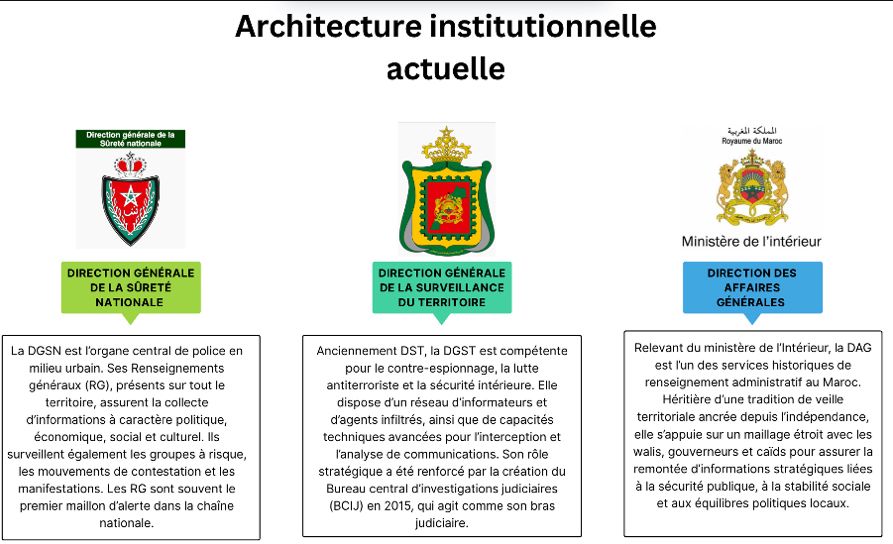
The major legal turning point came after the shock of May 16, 2003, when terrorist bombings struck Casablanca. Morocco adopted Law 03-03 to combat terrorism, marking a new era of “judicializing intelligence work” and linking it to legal procedures and international cooperation. With the 2011 Constitution, individual rights protections were strengthened through provisions guaranteeing the right to privacy and the confidentiality of communications, allowing for a balance between security effectiveness and legal safeguards.
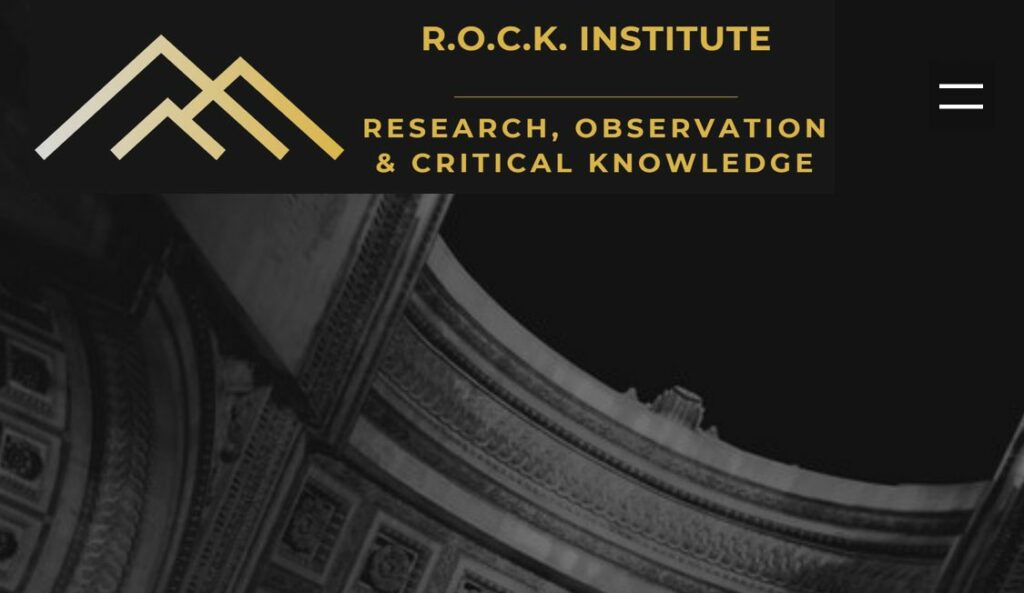
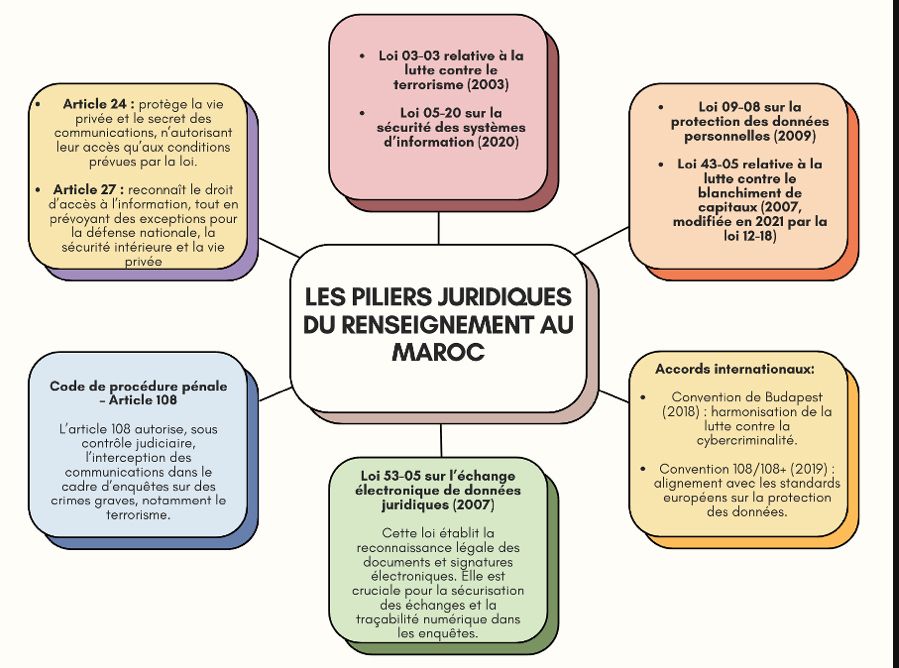
Today, Morocco’s security landscape is led by prominent figures such as Abdellatif Hammouchi, who heads both the national police and the DGST, ensuring unprecedented coordination between domestic security and intelligence, and Mohammed Yassine Mansouri, head of the DGED, who has strengthened Morocco’s intelligence diplomacy regionally and internationally.
The Moroccan legal framework has evolved to include advanced legislation:
•03-03 to combat terrorism.
•53-05 recognizing electronic transactions.
•09-08 on the protection of personal data.
•43-05 against money laundering and terrorist financing.
•05-20 on securing information systems and protecting critical infrastructure.
Morocco has also joined international agreements such as the Budapest Convention on Cybercrime and Convention 108+ on data protection.
Yet today’s challenges are more complex than ever: from globalized terrorism to hybrid warfare blending cyberattacks with disinformation campaigns, from cross-border financial crime to the risks posed by artificial intelligence and quantum computing that could undermine encryption systems. In light of this, security experts recommend:
•Adopting a comprehensive intelligence framework law that clearly defines powers and oversight.
•Updating Article 108 of the Code of Criminal Procedure to address cloud environments and encrypted data.
•Strengthening the enforcement of Law 05-20 through sectoral plans and national cybersecurity drills.
•Integrating post-quantum encryption into critical infrastructure before the threat materializes.
•Establishing a national agency for security-focused artificial intelligence with ethical and legal safeguards.
•Publishing an annual public report on intelligence activities within a framework of responsible transparency.
As Morocco approaches 2030, it carries a long legacy of protecting sovereignty and security. The next challenge, however, lies in anticipating rather than merely responding, and in having the legislative and technological flexibility to adapt to ever-evolving threats. In an era where data has become the battlefield, investing in agile, lawful, and globally capable intelligence remains the key to national security.





